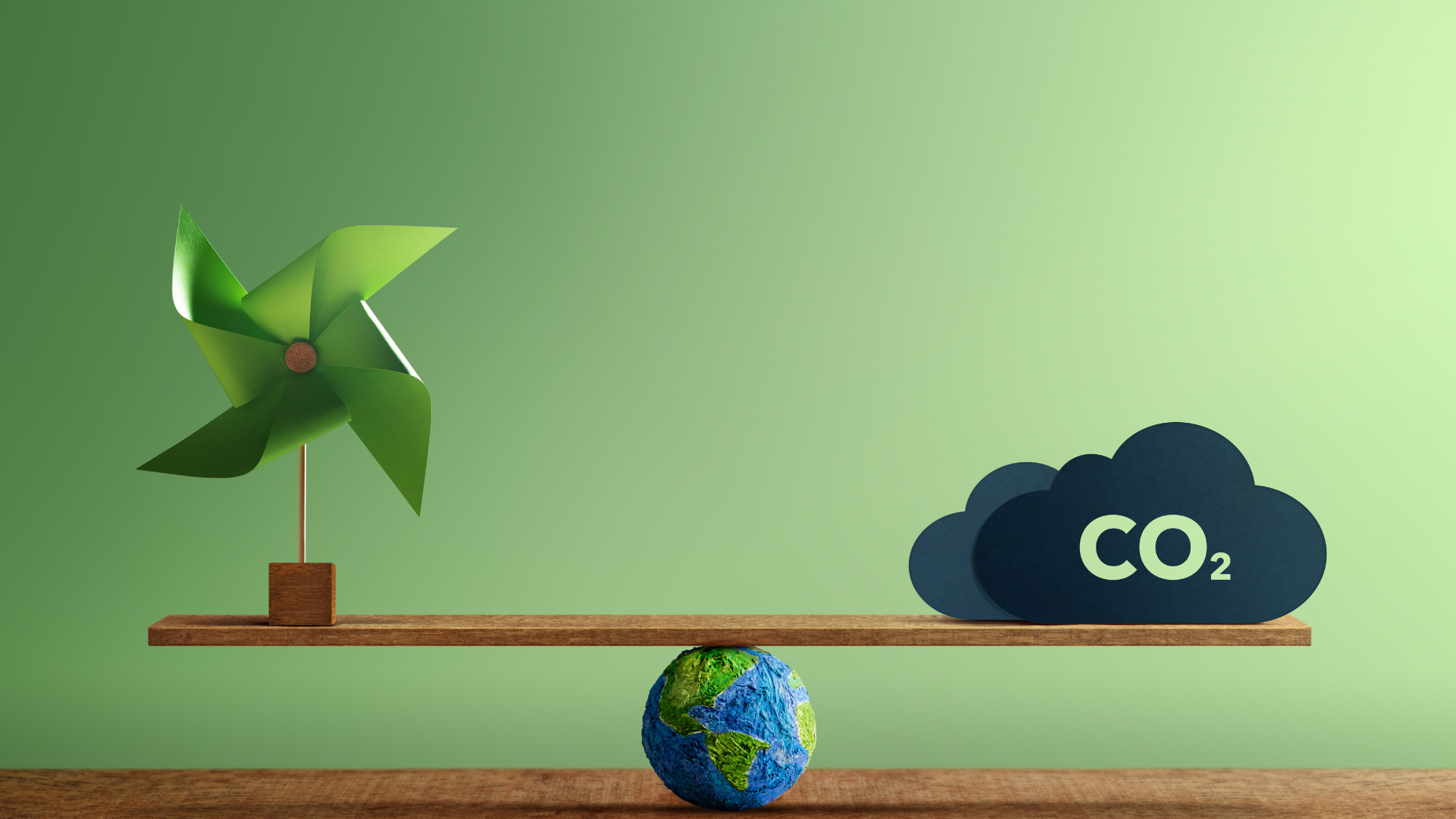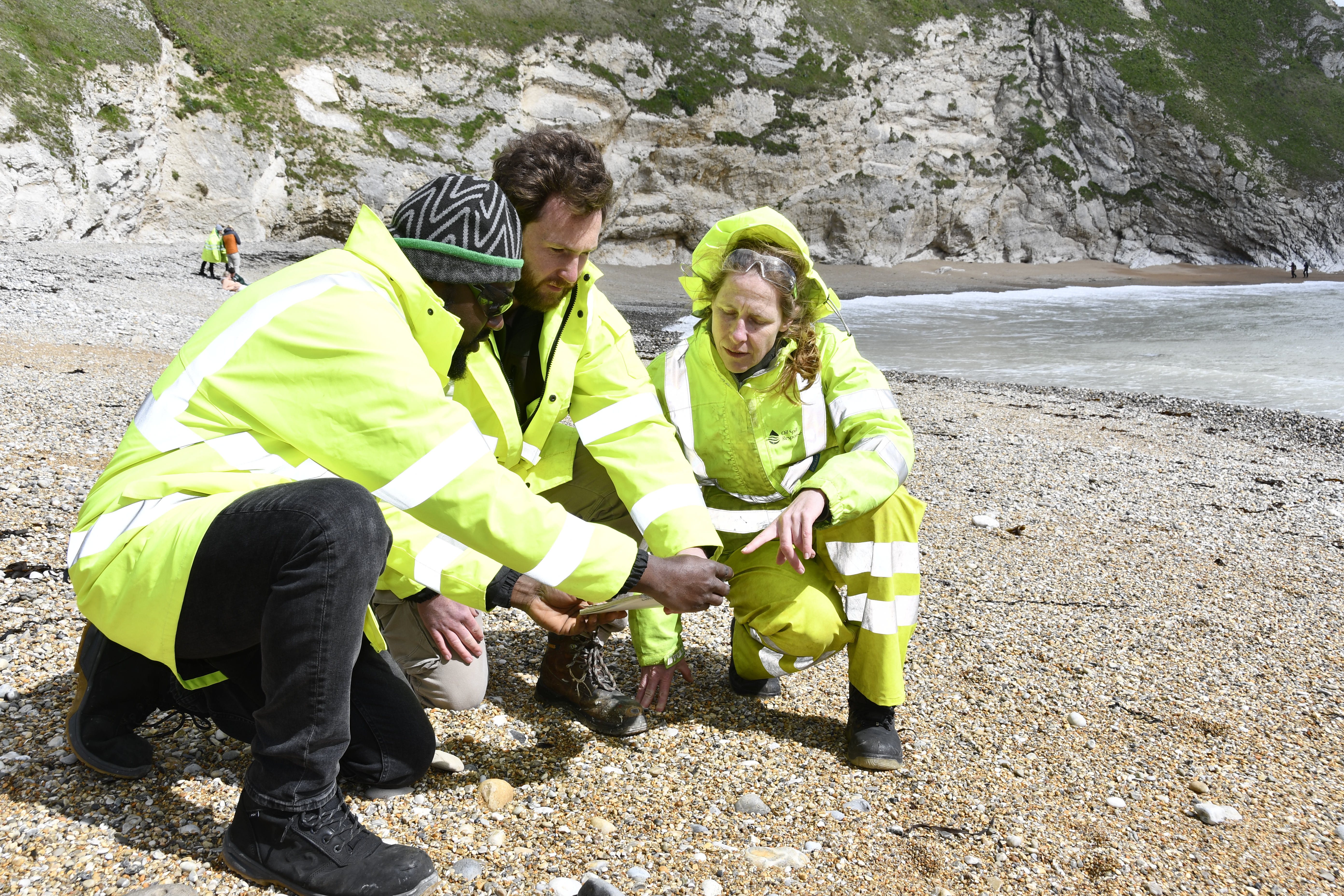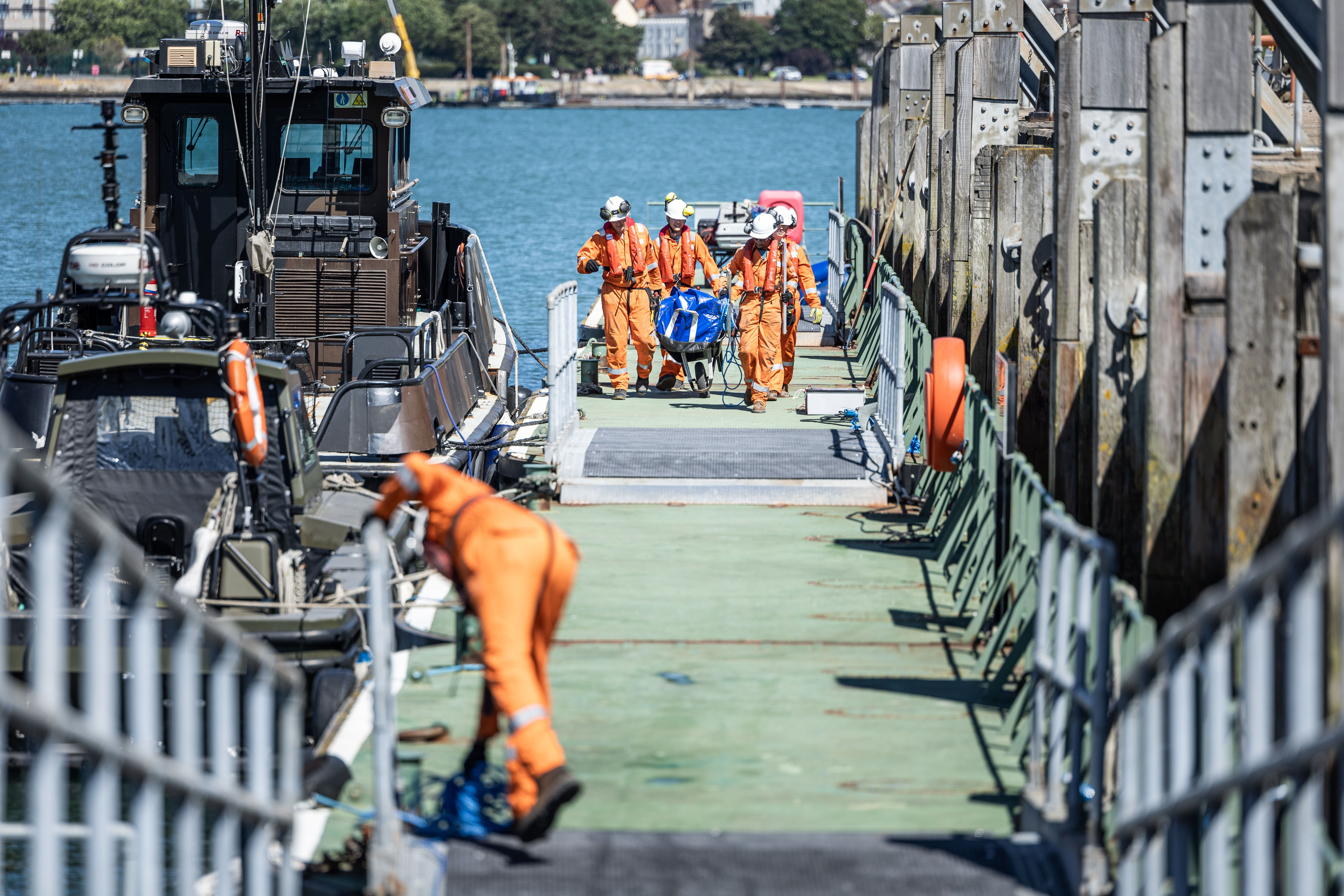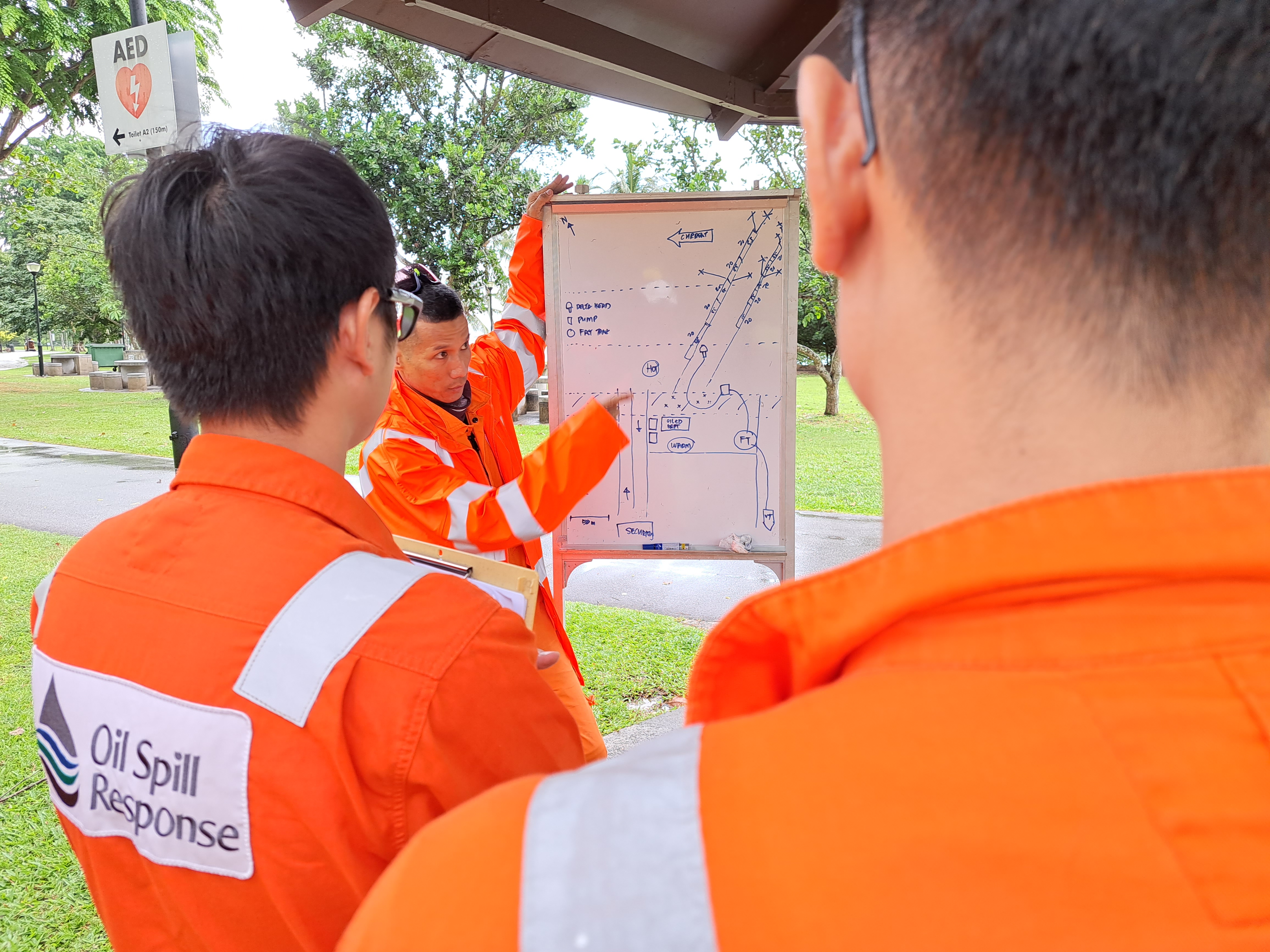Net Zero and the Implications for Emergency Planners
The Paris Agreement sets ambitious targets for limiting global warming. Greenhouse gas (GHG) emission reductions are crucial to avoid the catastrophic effects of melting polar ice caps, rising sea levels, floods, droughts, and forest fires.
The agreement's long-term goals limit global warming to below two degrees Celsius compared to pre-industrial levels and a climate-neutral world by 2050. However, since two-thirds of GHG emissions are attributed to fossil fuel combustion, according to the Intergovernmental Panel on Climate Change (IPCC), transitioning to clean, sustainable energy sources will govern whether the world can meet these goals.
Renewables, primarily solar and wind, will play a significant part, but so too will other energy sources such as green, blue, and grey hydrogen. However, the change will take decades. Technology and infrastructure need to develop. Until then, existing fuels like Liquid Natural Gas (LNG) are viable alternatives, capable of meeting global demand and lowering Carbon Dioxide (CO2) emissions until the establishment of cleaner alternatives.
As the world adapts to creating a carbon-neutral future, are the challenges faced by emergency planners and responders going to be any different?
Lessons Learned
Events like the Torrey Canyon, Amoco Cadiz, Exxon Valdez, and Deepwater Horizon raised public awareness of the risks of producing and transporting the oil upon which we all depend. Images of waves of black oil rolling on a beach, stricken wildlife and miles of smothered shorelines serve as vivid reminders of the importance of spill prevention and preparedness.
In contrast, LNG has been commercially transported at sea for over half a century with an unblemished safety record. However, as global demand for this fuel type increases, so too has the size of the international LNG tanker fleet. For a sector that hasn't had a Torrey Canyon defining moment, preparedness levels and response capability to major incidents is just as vital even if the pollutant is a colourless, odourless gas or liquid.
Public and responder safety will always be the priority of any incident (the P of people, environment, assets, reputation (PEAR) crisis management principle). However, experience has taught us the value of oil spill modelling and surveillance when it comes to managing the incident. This data is crucial to help determine oil movement, fate, threatened resources and informing response decision making.
Any major incident involving LNG or liquid hydrogen will not have the visual cues relied upon when dealing with oil. Managing hazards like fire and explosion will be dependent upon the ability to accurately and reliably model key parameters such as vaporisation rates, gas cloud dispersion and blast radius to safeguard the public and responders. Any gaps in existing capabilities will need to be closed to enable Incident Commanders to have a high degree of confidence in modelling results.
These gaps may require further research and trials to address a perceived lack of relevant experimental data (Hissong, 2007, Middha et al., 2010, Venestanos et al., 2010). In addition, further research would enable the measurement and observation of cryogenic liquid's physical processes spills and model results more reliably validated.
Maintaining the Gains
Methane, the primary constituent of LNG, is also a potent GHG. According to the United Nations Economic Council for Europe (UNECE), its 20-year global warming potential is 84-86 times larger than CO2.
The estimated 3% of total worldwide natural gas production lost annually to venting, leakage, and flaring is a significant concern. Energy companies are investing heavily to cut this figure, using the latest technology to monitor and validate the emissions generated in their value chains. i.e., extraction, processing, transportation, distribution, and marketing. Cutting emissions is one tactic, but so is containing and treating generated emissions.
Carbon capture, utilisation, and storage (CCUS) technology will play an essential role in GHG reduction. This technology captures CO2 emissions at the source before being transported and returned to permanent storage in underground geological formations or used as feedstock for other products or services.
When fully developed, CCUS can be applied in the production of Blue Hydrogen (the splitting of natural gas into hydrogen and CO2), where the CO2 is captured, compressed and liquified. In a liquid state the CO2 can be more economically transported either by pipeline or ship to its final storage site.
If carried in bulk at sea, both LNG and CO2, as powerful GHG’s, have the potential to cause considerable environmental damage should there be a vessel emergency involve the release or total loss of cargo. Such events would have the potential to seriously outweigh any gains made during their production, consumption or collection.
Therefore, prevention is most certainly better than cure and should the unthinkable happen, clean-up and restoration in an oil spill context would not be an option.
In terms of the response, monitoring is one possible in-field operation (beyond responding to the casualty). The use of lasers to conduct atmospheric chemistry can measure the infrared absorbing properties and concentrations of the gases with a high degree of accuracy. Such passive techniques, however, may not be enough to satisfy the expectations of Governments and public alike for a more intrusive and tangible response. Proactive stakeholder engagement may be prudent to help manage expectations should the unthinkable ever happen.
New Fuels Reputation
Public perception and attitudes will be a significant factor in reaching the targets of the Paris Agreement. Acceptance and trust of new unknown and unproven technologies will be a big ask for some. In addition, the effective management of any emergency incident will be crucial to maintain consumer confidence in the safety, reliability, and performance of their energy providers.
Nuclear power exemplifies the challenges that may lay ahead. Well documented radioactive disasters at Chernobyl (1986), Three Mile Island (1979) and Fukushima (2011) have blotted the copybook of the energy source. These disasters are still what people think of first when considering nuclear power, even though they are the only three adverse incidents since the first reactors came online almost 70 years ago, and nuclear power is safer on the whole than any other large scale power source (source World Nuclear Association),
Bad news travels fast and lives long in the memory. History teaches us that the key to building the reputation and maintaining public trust may not lay in a proven performance track record but winning of hearts and minds.
The Future is in the Past
Undoubtedly significant challenges to meeting the targets of the Paris Agreement lie ahead. Conversely, failure is not an option, and there is no silver bullet solution. Instead, multiple new technologies will cumulatively provide a way out of the problem. It will undeniably take time, and the technical, cultural, and socio-economic revolution will likely create its own challenges.
Regulation will play a significant part in controlling new risks, as will developing effective emergency management plans. However, improvements to these fundamental abilities will only come as the result of learning from incidents (or near misses) and the better understanding that brings. The Oil Pollution Act (OPA 90), Oil Pollution Preparedness Response and Co-operation (OPRC) convention and the phasing out of single-hulled tankers stand as a testament to that fact.
When emergencies occur, the existing principles and processes will continue to provide incident management teams and responders with the fundamentals for effective and efficient response. Systems such as ICS (Incident Command System) and the principles of PEAR crisis management will remain relevant and valid. The climate-neutral future will be formed in part by the lessons of the fossil-fuelled past.







